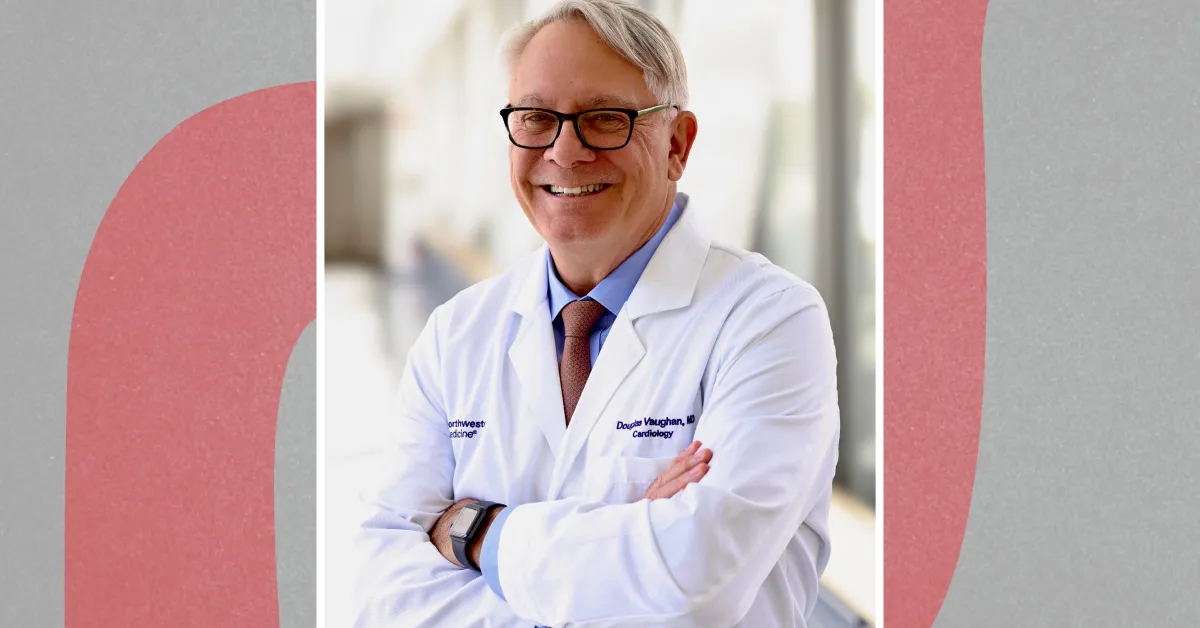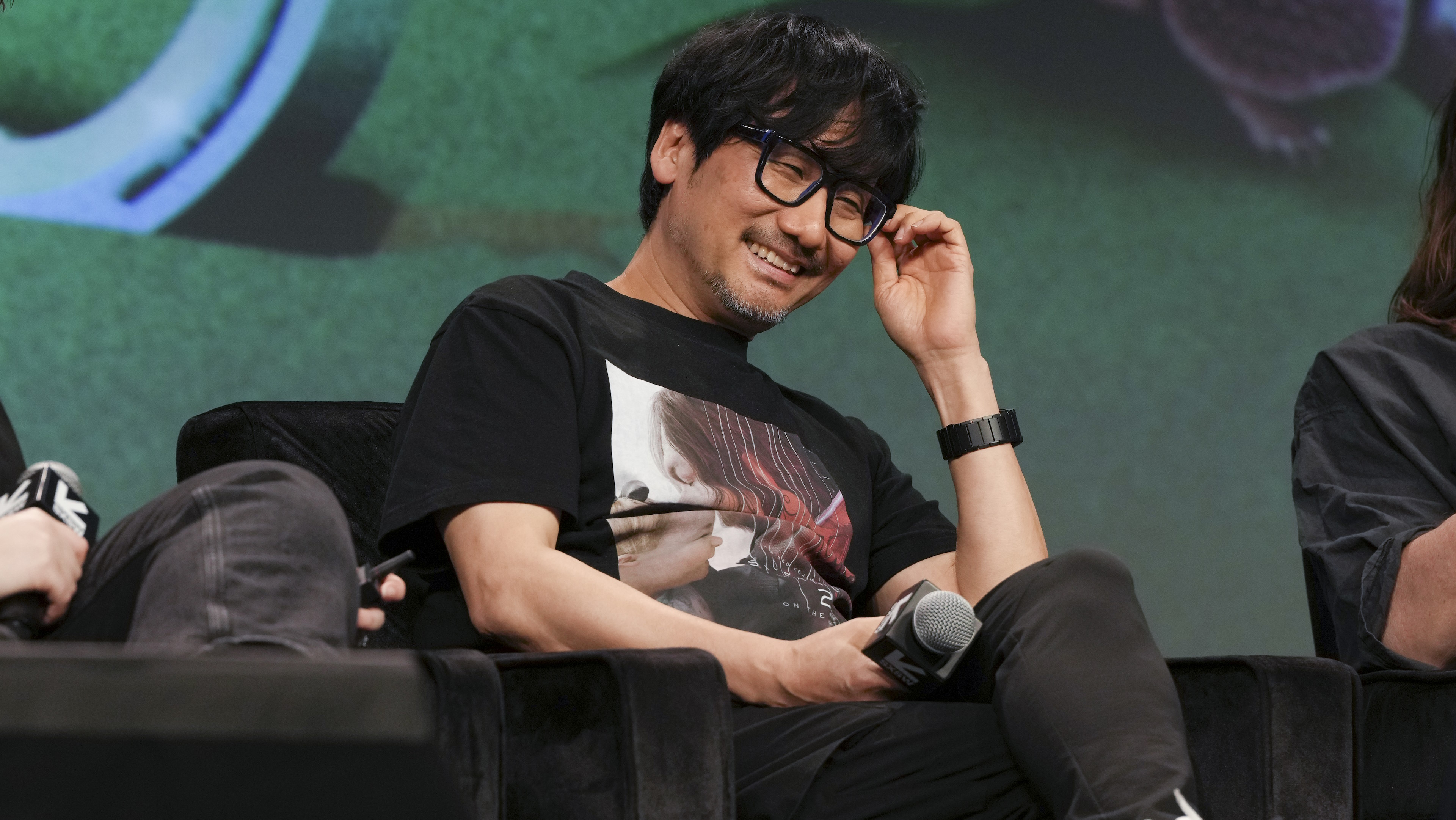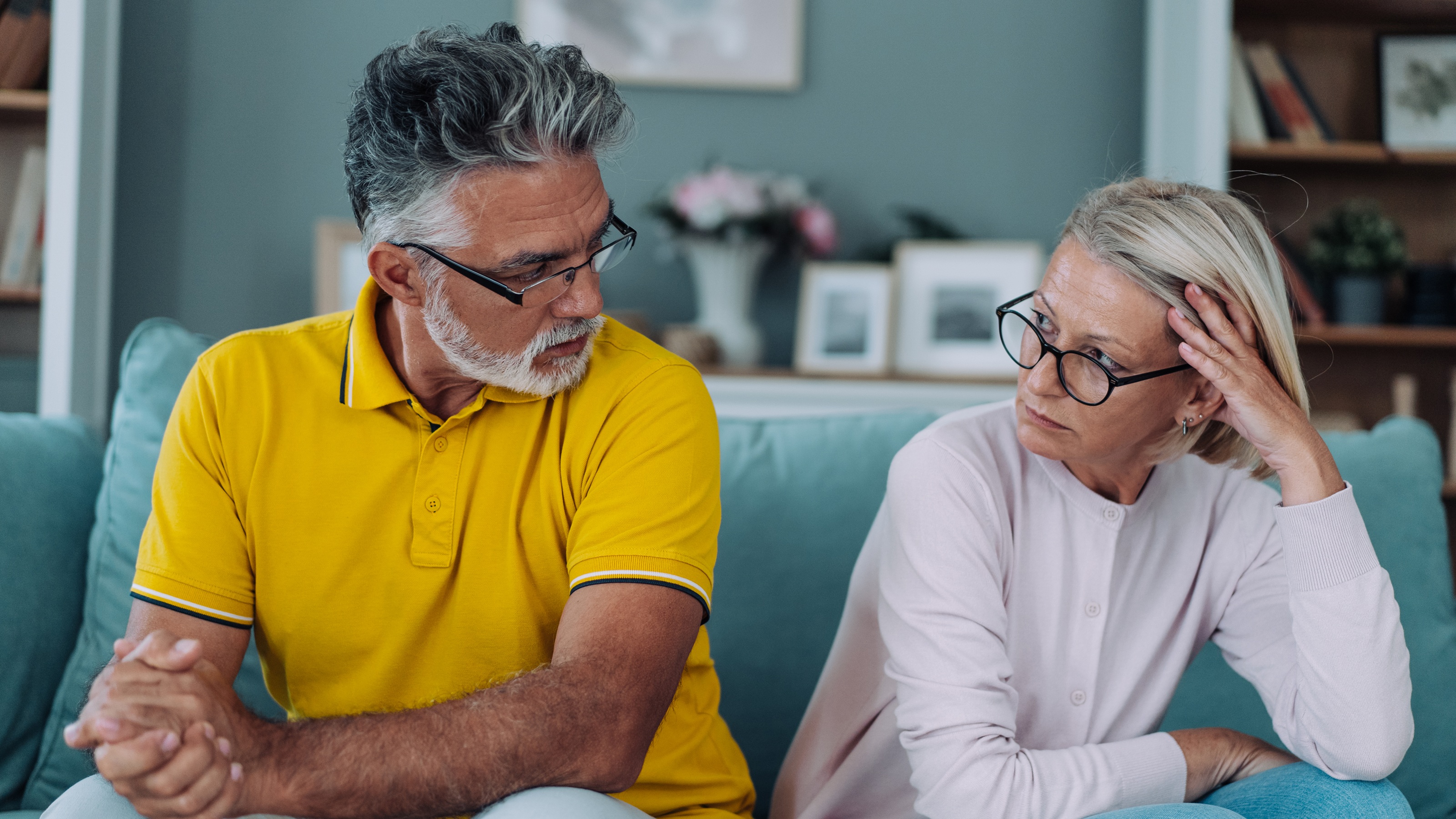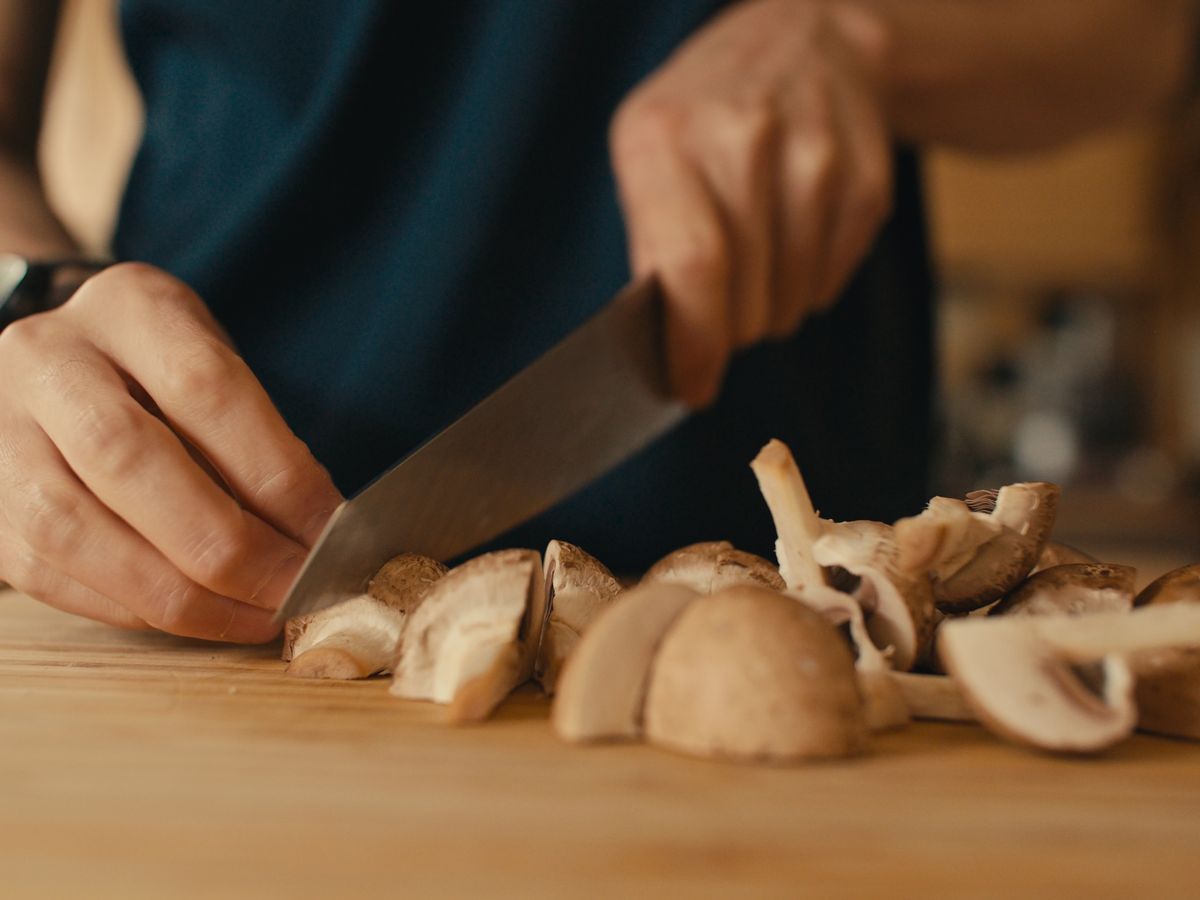
You get older every day. But how old are your cells and organs, really?
Understanding that could help us live longer, healthier lives, many longevity experts believe. Dr. Douglas Vaughan is among them. He is the director of Northwestern University’s Potocsnak Longevity Institute and its Human Longevity Laboratory, where people can go to get their so-called biological age calculated. By gleaning whether a 50-year-old person’s cells and organs look more like a 65-year-old’s—or a 30-year-old’s—scientists like Vaughan hope to pinpoint treatments and lifestyle changes to help people live healthier for longer, a notion known among longevity enthusiasts as “healthspan.”
Vaughan believes that researchers are getting close to being able to find treatments to slow or even reverse aging in people. He says he wants to ensure that everyone benefits from these advancements and not just the ultra-rich.
“We want to find ways to slow down aging for the 99% of people in the world, not the 0.01%,” says Vaughan, former chief of cardiology at Vanderbilt University. He joined Northwestern in 2008 and formerly chaired its department of medicine.
The Institute intends to help establish a network of longevity labs in almost every continent by next year, Vaughan says. Plans are already underway for labs in Japan, the U.K., and South Africa.
As part of TIME’s series interviewing leaders in the longevity field, we caught up with Vaughan to talk about this effort and all things aging.
This interview has been condensed and edited for clarity.
What drew you to longevity research?
As a cardiologist, I spent years studying a protein called plasminogen activator inhibitor, or PAI-1 [which plays a role in blood-clot regulation]. About a decade ago, we discovered that a rare genetic mutation in the gene that codes for PAI-1 protects against aging in humans. This genetic variant is present in 10% of the members of an Old Order Amish community that lives in and around Adams County, Indiana. Similar genetic variants are very rare in people outside of this community.
We discovered that carriers of the variant are protected from aging in a variety of different ways. They live about 10 years longer than other members of the community. They don’t get diabetes. Their cardiovascular system is younger than their unaffected kindred. They have longer telomeres. That was my entreé into the world of the role of PAI-1 and aging, and was the springboard that eventually pushed us to develop the Human Longevity Laboratory.
We try to understand if you have a gap between your chronological age and your biological one. You want your biological age to be less than your chronological age if you can, but certainly we see people that have a biological age that’s greater than their chronological age, and those are really the people that we’re focused on. We’re trying to see if we can slow down aging in people that are disadvantaged with regard to aging because of a chronic condition or a circumstance. The big hypothesis is related to the idea that age is the most important risk factor for almost every disease we deal with in adult human beings. So if we can slow down aging just a little bit, we might be able to extend peoples’ healthspan.
How accurate are these biological age measurements?
Since we opened the first version of our lab more than a year and a half ago, we’ve had more than 300 people go through our protocol. That’s given us a chance to actually compare the different measurements to see which ones are most reliable. That’s given us confidence that we can do these measures relatively quickly, accurately, and precisely.
How much does it cost to get your biological age measured at the Human Longevity Lab?
Our clinic charges $4,200. I think it’s the most comprehensive testing you can get almost anywhere in the world with regard to biological age. So in terms of value for what you get, it’s probably at the top of the chart, but that’s not an insignificant amount of money. We also have people who we bring in through our research side who have enrolled in clinical trials and we underwrite those costs.
The research you mentioned is being conducted under the umbrella of the Longevity Institute, of which the clinic is a part. What other work is the Institute doing?
We have several different centers in the Institute, including HIV & Aging and Population Science & Aging. We have a [researcher] developing new wearable devices that register aging-related changes in a variety of different systems and others doing amazing work looking at environmental factors that drive biological aging.
How big of a role does genetics play in aging vs. environmental factors?
I think the common perception is that genetics are the key driver of your expected lifespan. But I think that algorithm is changing quite a bit. If you really crunch the numbers and look at the data seriously, the genetic influence of aging is certainly less than 20%. Other factors are more important, such as where you live and how you live and what you’re exposed to.
So although I’m sure everybody knows people that seem to have longevity in their family—they can recount ancestors that lived well into their 90s or over 100—that’s pretty uncommon, and finding those specific genetic variants is extremely challenging.
Do you think that within the next half-century or so we’ll be able to get people to live to 150?
I think we might have an outlier or two that could get up there. But if somebody who is 50 right now has the illusion or the fantasy to be 150, they’ve got to live for another century, and, well, most of us are not going to be around to see.
Our goal is to actually try to extend the healthspan of people to give people two, three, or four more healthy years. If we could accomplish just that, that would do so much for society.



